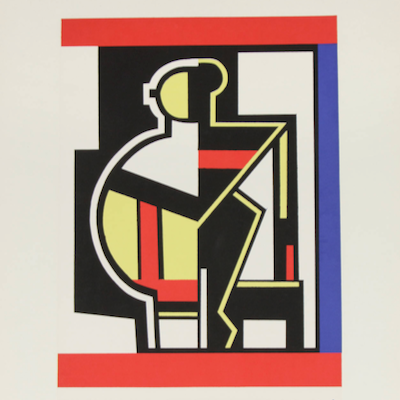Le Corbusier, born Charles-Édouard Jeanneret-Gris in 1887 in La Chaux-de-Fonds, Switzerland, is renowned not only as a groundbreaking architect but also as a significant artist. His artistic contributions, especially in painting and printmaking, enrich the narrative of modernism, revealing his deep engagement with spatial
Read More
Le Corbusier, born Charles-Édouard Jeanneret-Gris in 1887 in La Chaux-de-Fonds, Switzerland, is renowned not only as a groundbreaking architect but also as a significant artist. His artistic contributions, especially in painting and printmaking, enrich the narrative of modernism, revealing his deep engagement with spatial, formal, and chromatic explorations.
From an early age, Le Corbusier was encouraged to pursue painting alongside architecture, shaping a career that straddled both disciplines seamlessly. Influenced by his travels and encounters with the
Cubists and the Purism movement, he developed a distinct style that emphasized geometric simplicity, reflecting his architectural ethos of clarity and functionality.
In the 1920s, Le Corbusier and Amédée Ozenfant founded Purism, advocating for the simplification of Cubist forms into clear geometric shapes. His art from this era, such as "Still Life" (1920), embodies this pursuit of order and harmony, paralleling his architectural vision.
Le Corbusier's artistry extended over five decades, producing a vast body of paintings, drawings, and engravings characterized by vibrant colors and geometric abstraction. These works often incorporated architectural motifs, blending art and architecture into a unified vision. His series "Unité" exemplifies this integration, echoing the principles of his architectural designs.
Believing in art's societal value, Le Corbusier saw his artistic work as part of a holistic approach to design, aimed at enhancing human well-being. His legacy, preserved by institutions like the Fondation Le Corbusier in Paris, showcases his innovative contributions to modernist art and architecture.
Le Corbusier died in 1965 in France, leaving behind a legacy celebrated for its influence on modern design. His artistic endeavors, though perhaps overshadowed by his architectural achievements, remain crucial for understanding his comprehensive vision of beauty and functionality.
Read Less 






























